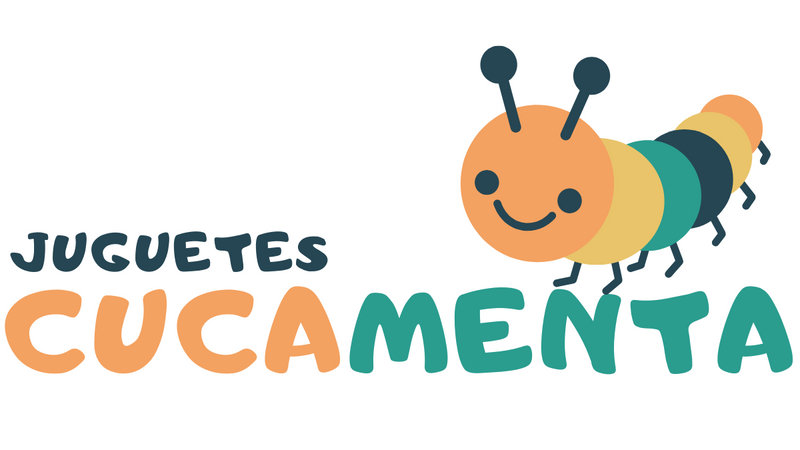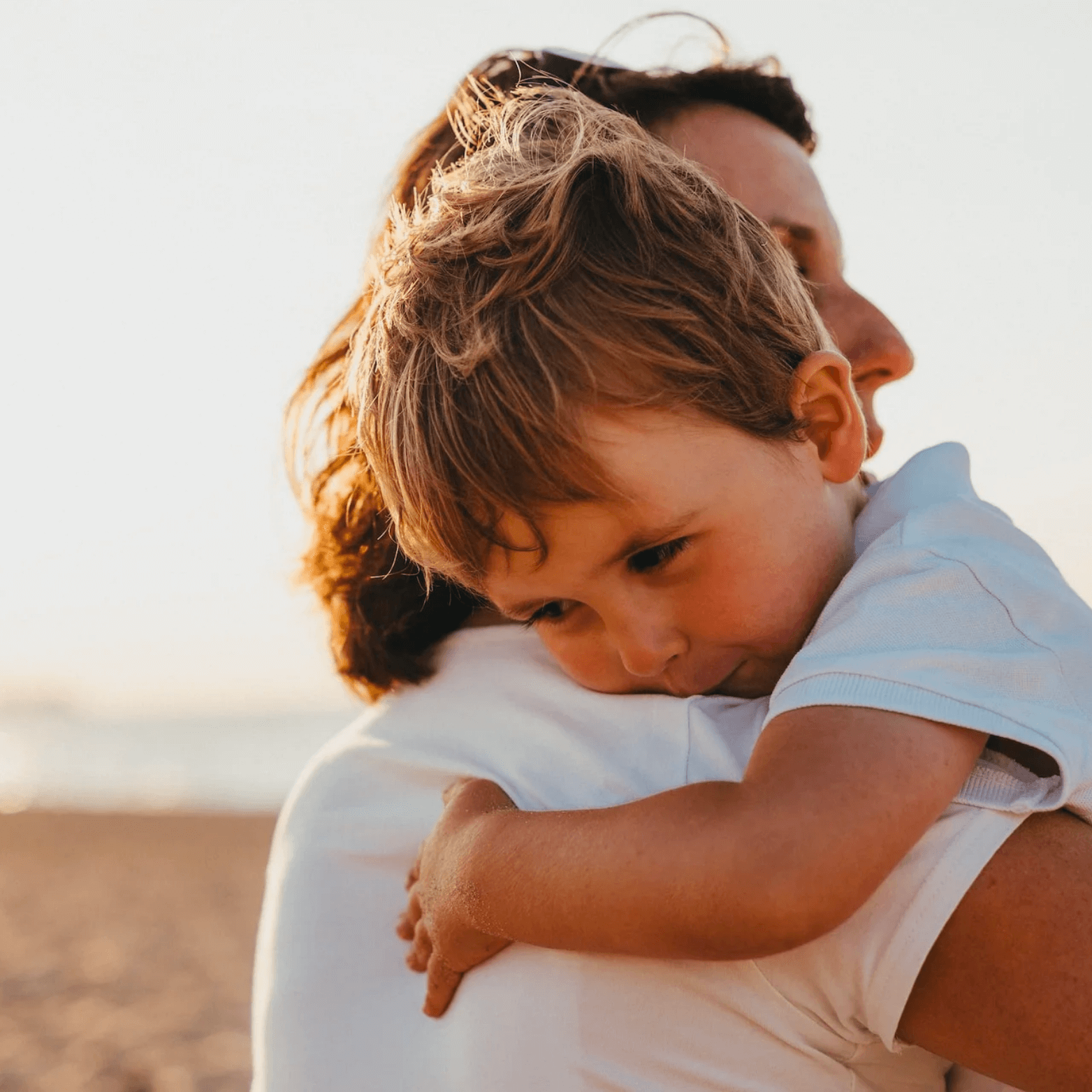Today we begin a new month, and it is not just any day: every June 1, World Mothers and Fathers Day is celebrated , a date decreed by the United Nations General Assembly, to pay tribute to the great work and responsibility that families play in the upbringing and education of their children, who represent the future of humanity.
In addition to providing shelter and sustenance, ensuring their health, and meeting their children's basic needs, families are also responsible for ensuring that children develop a secure attachment.
This type of attachment means that in adulthood, children have the ability to have healthy relationships with other people, establish bonds of trust and develop an environment of intimacy and closeness.
What is secure attachment?

Attachment is the emotional bond that is established from the first moments of life between the mother and the newborn or the person in charge of his or her care. The function of attachment from earliest childhood is to ensure care, psychological development and personality formation. In the first year of life, the baby establishes its attachment bond with the person or people in charge of its care and begins to be afraid of strangers. Attachment gives you security in threatening contexts, allows you to explore the world and relate to others knowing that you have protection. Secure attachment is one that is characterized by unconditionality : the child feels valued, accepted and loved by his or her caregiver, and it depends on whether the caregiver is consistent in giving him or her the security he or she needs and meeting his or her needs. The psychologist Katia Aranzabal Barrutia explains in her blog that children with secure attachment have better development of IQ and better school performance, they express themselves better and speak earlier, they show a higher level of symbolic play, earlier metacognitive functioning, and better behavior. exploratory, more reading skills, higher self-esteem and social intelligence, learn to differentiate between self and others sooner and are more positive, open and realistic when processing information. The interactions of securely attached children are more trusting and fluid; Their behavior is more active and they are emotionally in tune with their attachment figure. As adults, they are not afraid of abandonment and they are not afraid of creating intimate relationships either.
Other types of attachment: anxious, avoidant and disorganized
- Anxious-ambivalent attachment : In this type of attachment the child does not trust the figures in his care and, therefore, has a permanent feeling of insecurity and anguish, as well as conflicting feelings. The origin is in inconsistent or fluctuating care behaviors on the part of their caregivers. Fear and anxiety about separation, as well as difficulty calming down, are common in minors with this attachment , fearful of their surroundings and with emotional dependence and fear of abandonment in adulthood .
- Avoidant attachment: Children or babies with avoidant attachment have distancing behaviors, since they do not trust their caregivers. They do not cry when separated, they avoid intimacy and contact or they are only interested in their toys. They have physiological signs associated with stress, and they feel undervalued and unloved. They also have difficulty understanding other people's emotions, and expressing or recognizing their own. As adults they reject intimacy and have problems when it comes to relationships.
- Disorganized attachment: This is a combination between anxious attachment and avoidant attachment, translated by some specialists into a total lack of attachment . It appears when caregivers have insecure and negligent behaviors, and is the opposite of secure attachment. They are children with explosive, destructive and contradictory behaviors, from angry reactions to compulsive behaviors or destruction of toys. As adults they feel a lot of frustration and anger, emotional overflow and avoidance of intimacy. They tend to have conflictive relationships or reject them completely.
To promote secure attachment in children , you must control their physical environment, stimulate them in a way appropriate to their age, give them a feeling of security and trust, provide constant care and base the quality relationship on acceptance, support, affection, mutual cooperation and wide availability.
What is the object of attachment in children?

If you've noticed, most babies and young children have a special affection for an object that always accompanies them, which could be a blanket, a cushion, a doll or a stuffed animal. They hug him to sleep or seek comfort from him when they have a tantrum.
This is the attachment object , also called transitional object and which represents the attachment that the baby feels for its main caregiver or caregivers. .. From the Babies and More website they explain its characteristics wonderfully: it usually has a pleasant and soft texture - similar to that of the mother, and which refers to the need for protection of the babies. It is also usually soft.
It is important to know that this object cannot be imposed: it is the child who chooses it arbitrarily and completely freely, and that is how it should be. It cannot be replaced - or the child will feel deep sadness, which will not go away by replacing it with another one or changing it for a new one. It is like a faithful friend or companion who is always in your field of vision or within your reach. He usually likes to take him for walks, sleep with him, take him in the car, or play with him in the different rooms of the house.
This object has a special smell, since the baby handles it, hugs, bites or sucks it: specialists recommend not washing it or washing it without the child realizing it: it can be shocking for him to see this object inside the washing machine.
Some children have transitional phenomena instead of attachment objects : repetitive self-soothing behaviors such as holding your hand to sleep, touching your hair, or sucking your thumb, for example.
Remember that attachment objects are sources of security, affection and comfort : it becomes an essential element to control separation anxiety, give them pleasure and company or sleep in a relaxed way.
At Cucamenta you can find a wide selection of stuffed animals and doudous that can become - remember to let the baby choose it - your child's attachment object, or help you stimulate secure attachment. From the mini plushies such as the unicorn, the giraffe, the hippopotamus or the little fox to the calming stuffed whale, or the doudou bunny Justin, and the adorable elephant plush Noa.


0 comments